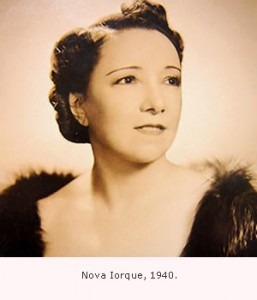
Magda Tagliaferro, 1940
Director of the Conservatoire at the time was Gabriel Fauré, who took her on tour and also encouraged her to play his music. Her recital tours took her 4 continents, and she was also active in her concerto performances. Casals, continuing their friendship, held joint recitals with her as did Alfred Cortot, Jacques Thibaud, and George Enescu. She taught at the Conservatoir from 1937-1939 and later created her own schools in Paris, Rio de Janeiro, and São Paulo.
Many of her recordings were of South American or Spanish composers and in this recording of the Spanish Dance from de Falla’s La vida breve, we can hear her clarity of performance.
Falla: La vida breve: Danse espagnole No. 1 (version for piano) (Magda Tagliaferro, piano)
Her performance of Villa-Lobos’ Choros No. 5, which is written around a device known as the jeitinho brasileiro (Brazilian knack, or aptitude), involving a rhythmic delay. Here, Villa-Lobos overlays two different rhythmic patterns, moving a triple pattern against a duple pattern. Tagliaferro conveys the complexity as though it was a simplicity.
Villa-Lobos: Choros No. 5, “Alma brasileira” (Magda Tagliaferro, piano)
She played with a beautiful quiet emotion and with a consummate artiststry.

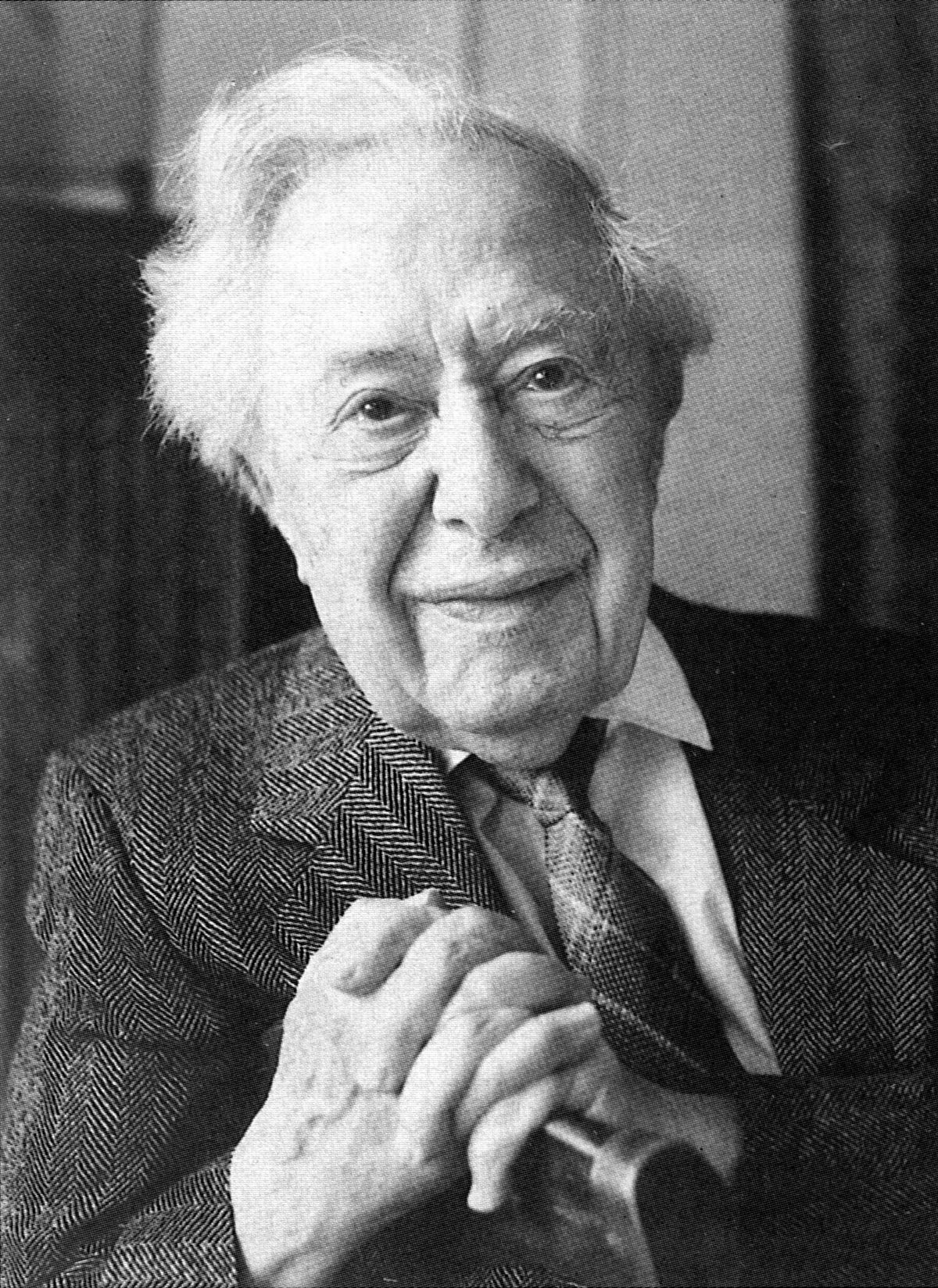
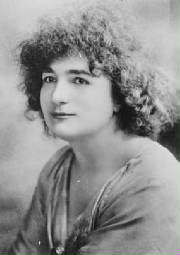
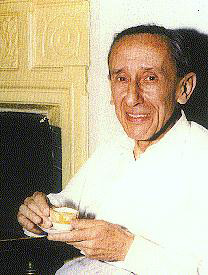
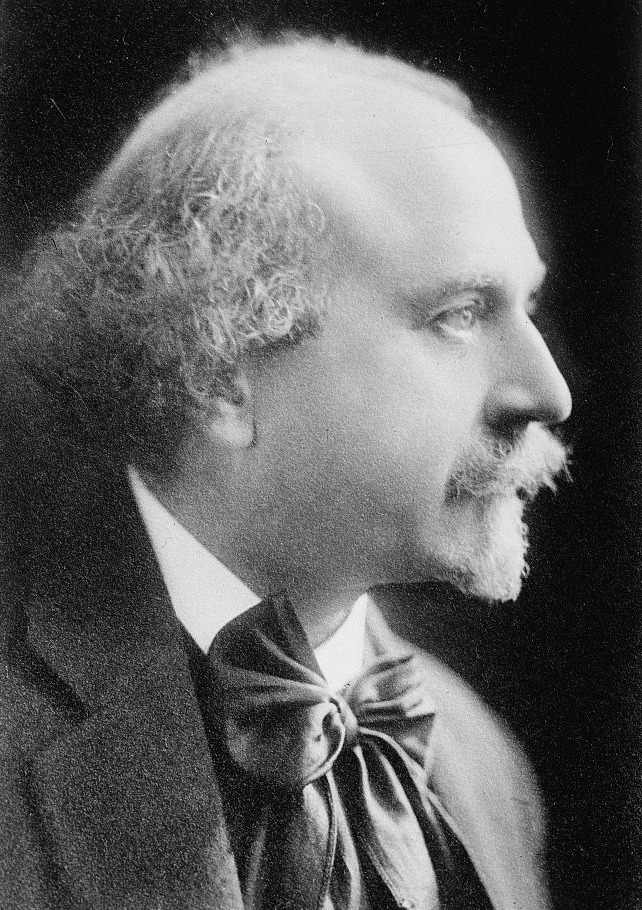
Magda Tagliaferro was an absolute brilliant teacher. In 1966 I auditioned to be her student. I would fly alternate weekends to Paris for my lessons. I loved every moment. I was a full time student at RAM in London at that time. White carpets. Very elaborate furnishings. It was a true French Museum place.
I had played a great deal of French music. Debussy, Faure. To add her touches was so exciting. I had also played a fair amount of South American music, Villa- Lobos & Falla so it was very exciting having her tweeking them with South American flare. This was such a WONDERFUL experience & I was so fortunate to have had it. She was also a wonderful correspondent & wrote such encouraging notes. Thank you Magda for such a fabulous experience. I have carried it with me a lifetime & made good use of it in my 50 years of teaching.